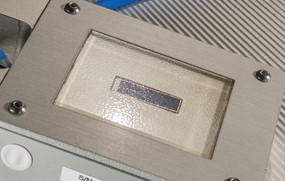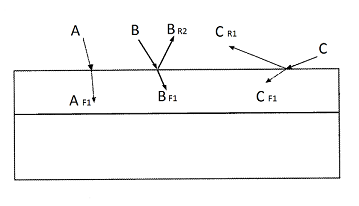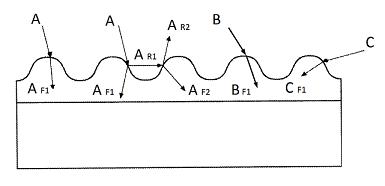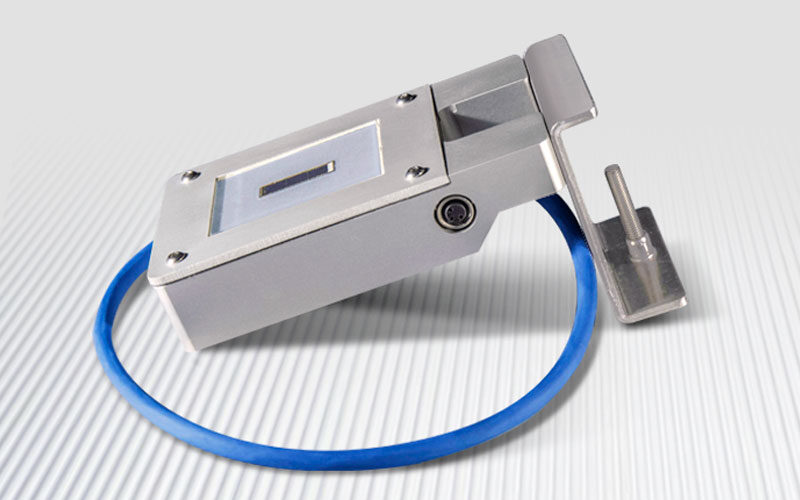The importance of a Photovoltaic glass in an irradiance sensor
Last update
The importance of a Photovoltaic glass in an irradiance sensor
In PV field is there a product better than a class A Thermopile Pyranometer?
The answer to the question is ‘Yes’: there is a Pyranometer of higher accuracy than the class A one. Its techical name is Sunmeter Pro irradiance sensor. It allows to calculate the performance of a photovoltaic system with a measurement precision around 2%.
One of the key features of our Sunmeter Pro: the photovoltaic glass
We calibrate our sensors with a measurement uncertainty of less than 2%. The interesting thing is that this measure remains faithful throughout the day to the energy production of a photovoltaic module in optimal conditions. All this thanks too to its microprismatic photovoltaic glass.
A photovoltaic glass with its appearance of orange peel allows to increase energy production. This happens when the sun moves away from the perpendicular to the plane of the module.
For example, in the morning, in the afternoon and during the seasons when the sun is ‘low’ or in more astronomical terms, when the solar height is low. Regarding the type of glass it depends its ability to absorb sunlight (photons) and subsequent conversion to energy: (electrons) the more photons the glass is able to absorb the greater the amount of current that will be produced by the photovoltaic module. Similarly, the more reflections we will have on the surface of the solar irradiance sensor, the more it will return an underestimated irradiance value.

Photovoltaic glasses features
A plurality of geometric elements in relief, concave or convex are included in the photovoltaic glasses such as to allow to capture a greater number of photons from rays even not perpendicular to the glass (winter, evening or morning conditions).
In addition, the glass is provided with an anti-reflective layer with a refractive index between the refractive index of air and the refractive index of glass. A normal glass on the other hand has got a high transparency but its smooth surface causes a greater reflection of the sun rays for angles of incidence that exceed 20 º.


The figures show the paths of the sun’s rays on a normal glass and on a photovoltaic glass. As can be seen with photovoltaic glass there are more occasions for the transmission of sun’s rays to the cell below, even for inclinations greater than 20 °.
Sunmeter Pro is produced with a microprismatic glass similar to the one used by the photovoltaic modules manufacturing industry.
On the other hand we can observe that there are few irradiance sensors that possess the photovoltaic glass. The next article about this subject will show in an analytical way comparative and quantitative comparison tests between an irradiance sensor based on high transparency glass and an irradiance sensor based on photovoltaic glass.
What are the other interesting features of the Sunmeter Pro irradiance sensors?
There are two models: one with digital output and one with analog output.
Both models comply with IEC EN 61215, par.10,11,12 For CEI EN 61724-1 so that class A includes them.
Our solar meters are compatible with many models of dataloggers or inverters of the major houses. The list comprehends the following models:
- Huawei’s 1000/2000/3000 smartloggers
- Fractalgarden’s Ermeslog
- Sungrow’s COM100
- Growatt Shinemaster and many others.
If you want the complete list, you can find it at the following link: Sunmeter Pro.
On our website, in the download section you will also find technical sheets and software that we produce: https://soluzionesolare.com/downloads/


